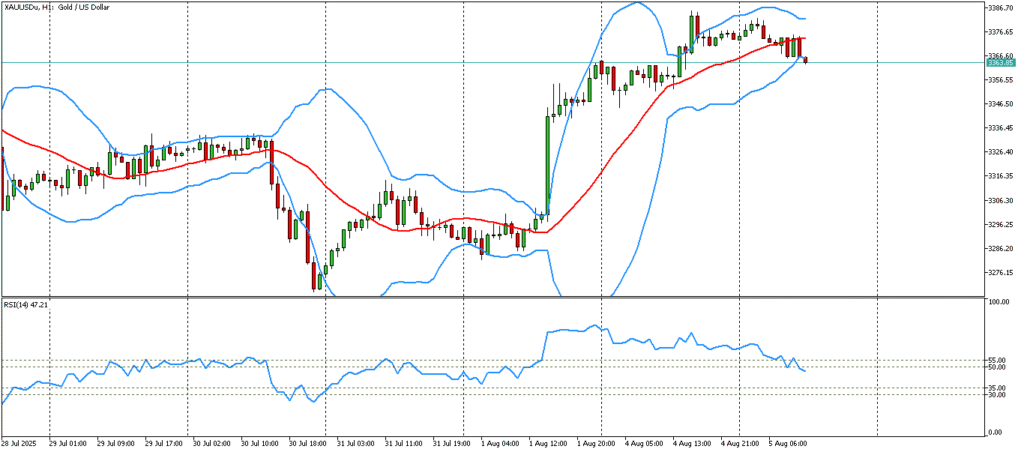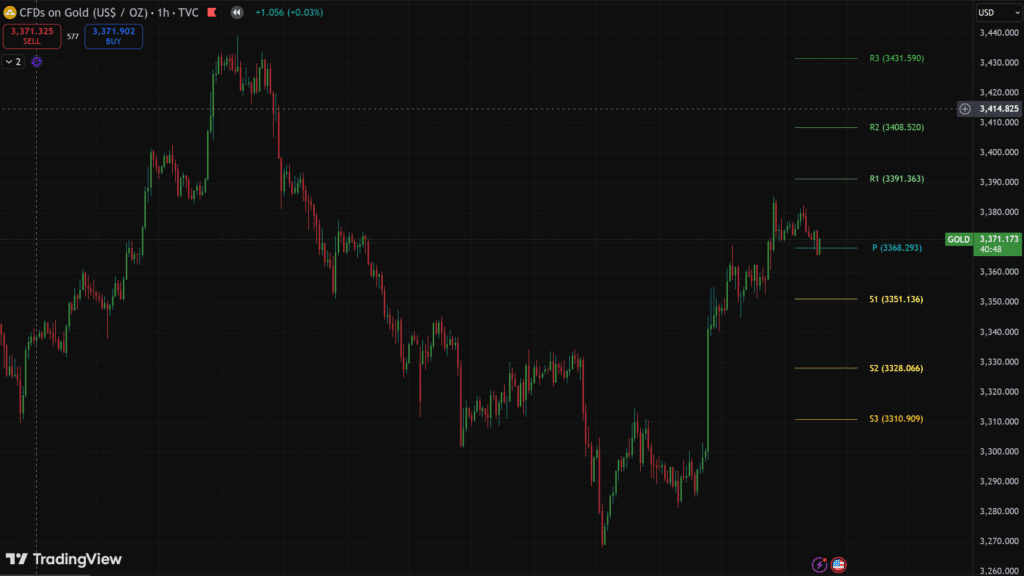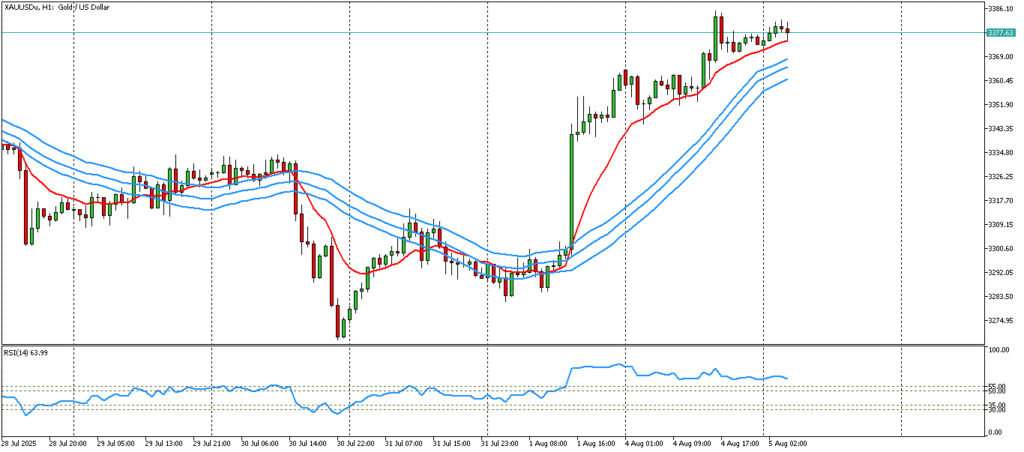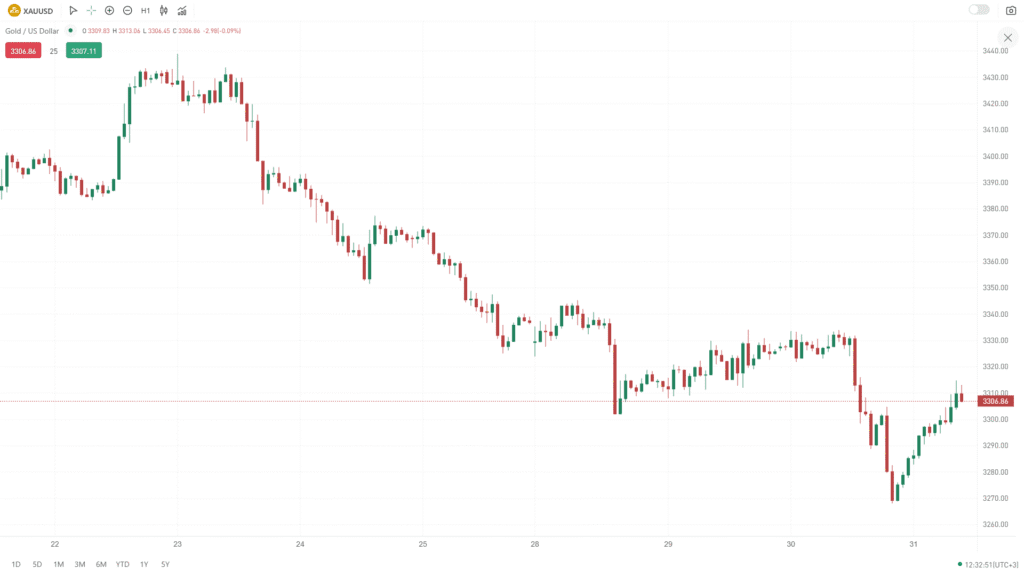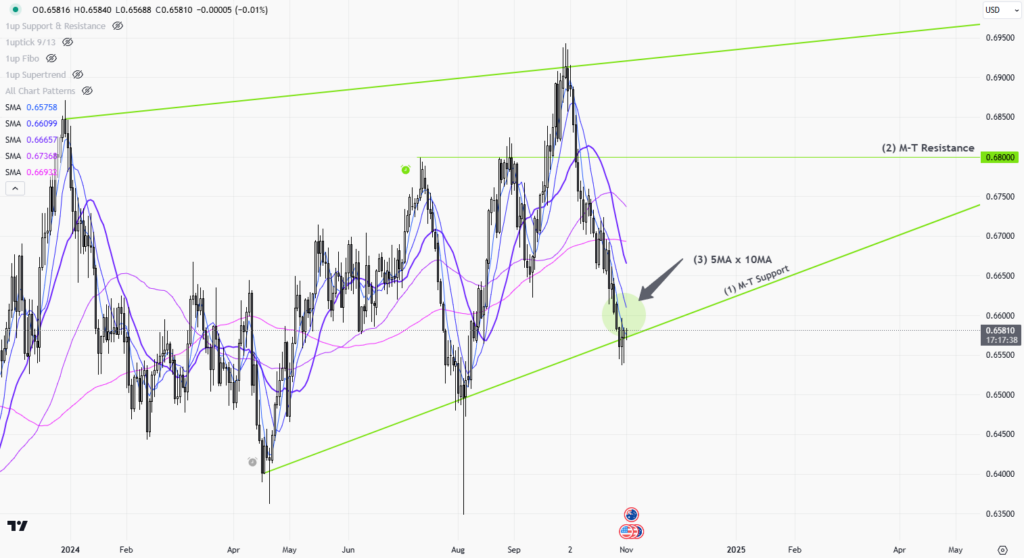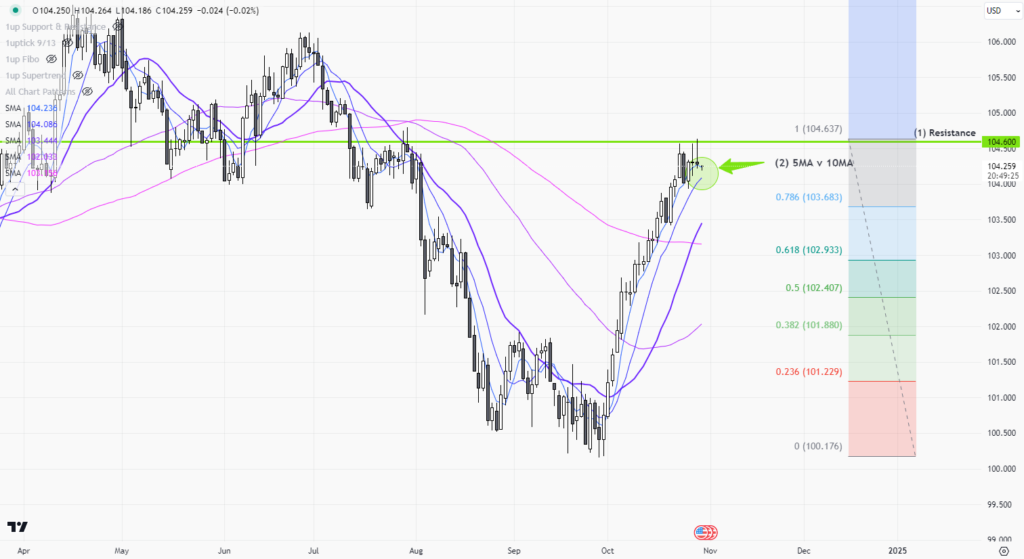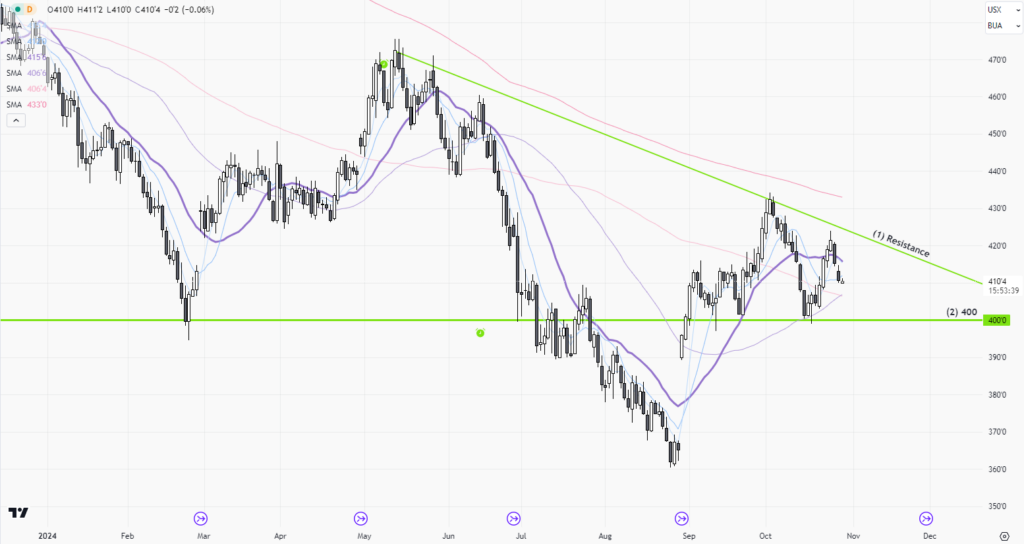 |
| Gold V.1.3.1 signal Telegram Channel (English) |
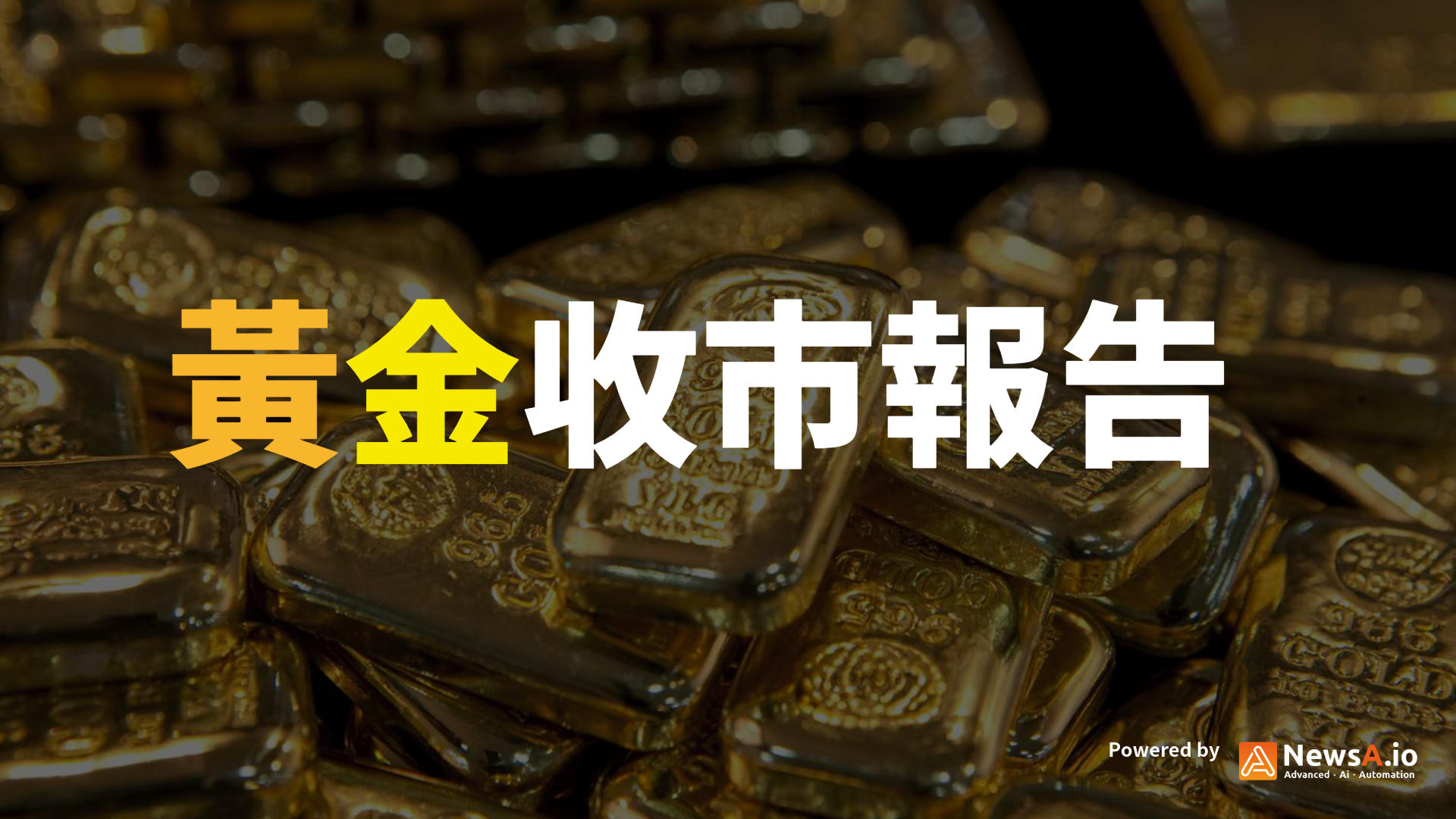
Gold Prices Swing Over $60 Amid US-China Talks and Fed Policy Shifts — Key Watch Zone Between $3,380 and $3,420
2025-05-08 @ 13:47
On Wednesday, May 7, international gold prices saw a dramatic intraday swing. In early Asian trading, prices unexpectedly plunged—dropping from $3,440 to $3,380 per ounce in a sudden flash crash. The $60+ move marked a 1.7% drop, the steepest single-day decline in nearly two weeks. Gold later regained some ground, with the London fixing price rebounding to $3,391.45, and ultimately closed at $3,365. This fast-moving volatility reflected how markets quickly digested a complex mix of headlines and capital flows.
Several forces converged to trigger the sharp move, with policy signals and rising geopolitical risk playing a key role. The renewed trade dialogue between China and the U.S., coupled with shifting expectations around Federal Reserve interest rate policy, had global markets reevaluating risk and reshuffling asset allocations.
One of the main drivers behind the early dive in Asian hours was market anticipation around the upcoming U.S.-China trade talks. Both countries confirmed a high-level meeting in Switzerland this Friday—marking the first formal negotiation since trade tensions flared in April. Though major differences remain, the mere resumption of dialogue has led some players to bet that tariff pressures could ease. If tariffs are rolled back, gold’s allure as a safe-haven asset could diminish. As a result, some investors opted to unwind their positions ahead of the news, sparking a wave of selling.
Another key factor is the subtle shift in the Fed’s communication. While the Fed left interest rates unchanged as expected in its early Wednesday announcement, Chair Jerome Powell struck a softer tone. He acknowledged that the economy now faces a mix of slowing growth and persistent inflation—comments that investors interpreted as dovish. This led the U.S. dollar index to fall sharply, which under typical circumstances should support gold prices. However, the early sell-off suggests lingering skepticism: investors are questioning whether monetary easing alone can cushion the broader impact of trade headwinds and slowing global demand. In the short run, this dampens bullish sentiment for gold.
Geopolitical risk, however, continues to provide a floor for prices. Tensions flared in the Middle East again as Houthi forces in Yemen launched missiles targeting Israeli airports. Around the same time, South Asia witnessed its most intense aerial clash in years between India and Pakistan over the Kashmir region. These events heightened fears of regional escalation, reigniting safe-haven demand. According to institutional data, central banks across Asia swooped in to buy over 15 metric tons of physical gold when prices dipped near the $3,380 mark—indicating that long-term investors see geopolitical instability as an opportunity to accumulate.
From a technical perspective, while gold had recently broken above the $3,400 barrier, the bout of profit-taking has been significant. The 21-day moving average is currently around $3,242, and the mid-line of the Bollinger Bands offers initial support at $3,290. Divergence between bulls and bears is becoming more pronounced. The latest positioning reports show that hedge funds are still holding significant net long futures positions. However, demand for put options is also rising, a sign that pros are hedging against short-term pullbacks using derivative strategies. Technically, if gold fails to hold above $3,350, algorithmic selling could intensify, potentially driving the price down to test the next support level at $3,275.
Looking ahead, key event this Friday will likely shape medium-term gold price direction: the outcome of the U.S.-China trade talks. If trade talks collapse or new tariff threats emerge, investor anxiety could spike, possibly pushing both gold and the U.S. dollar higher, an unusual scenario. Should gold hold above the $3,400 level under those conditions, it would open the door for a further leg up.
For investors trading in the short term, caution is key given the choppy range. Watch the $3,380 to $3,420 zone closely: a breakout above $3,420 could justify light long positions (with appropriate stop-loss settings), while a break below $3,360 might present short opportunities. For mid-term strategies, it’s advisable not to over-leverage and to use options to hedge downside risk. Meanwhile, physical gold buyers can consider accumulating if prices in China pull back below 805 yuan per gram.
In summary, gold remains caught between multiple crosscurrents, and is likely to stay volatile until policy directions become clearer. Investors should keep a close eye on news developments and stay nimble with their strategies—risk management should remain the top priority.
(Note: This article reflects market commentary and does not constitute investment advice. Please evaluate your own risk before making decisions.)


